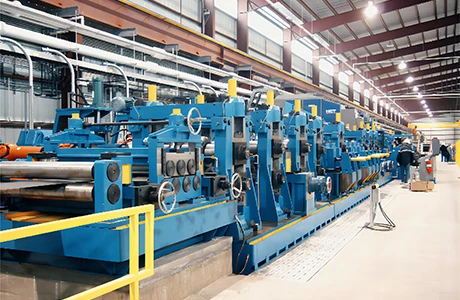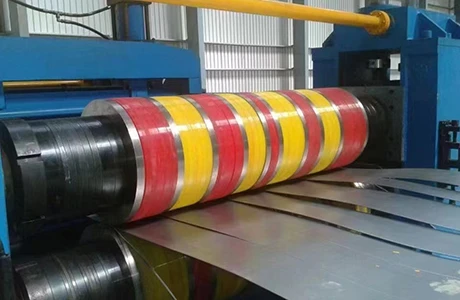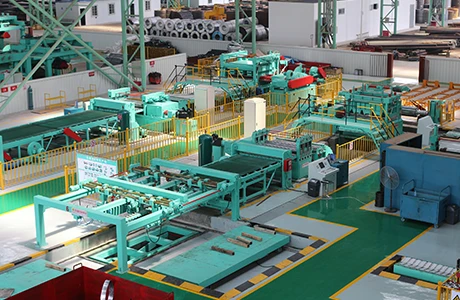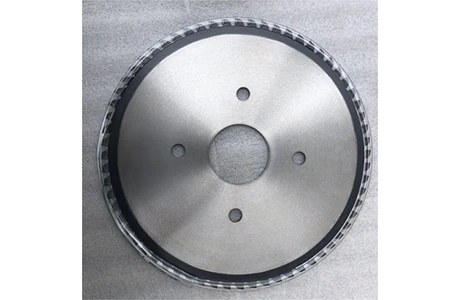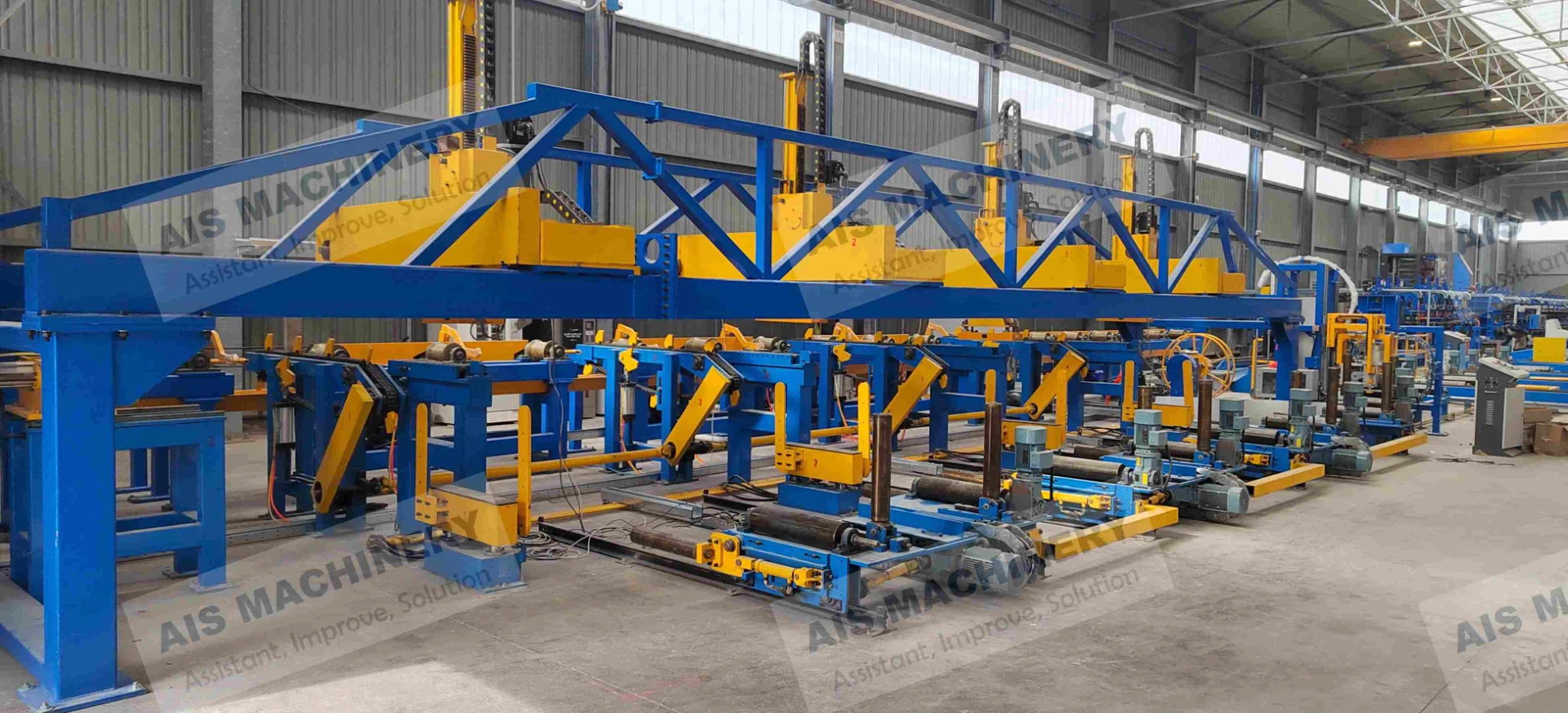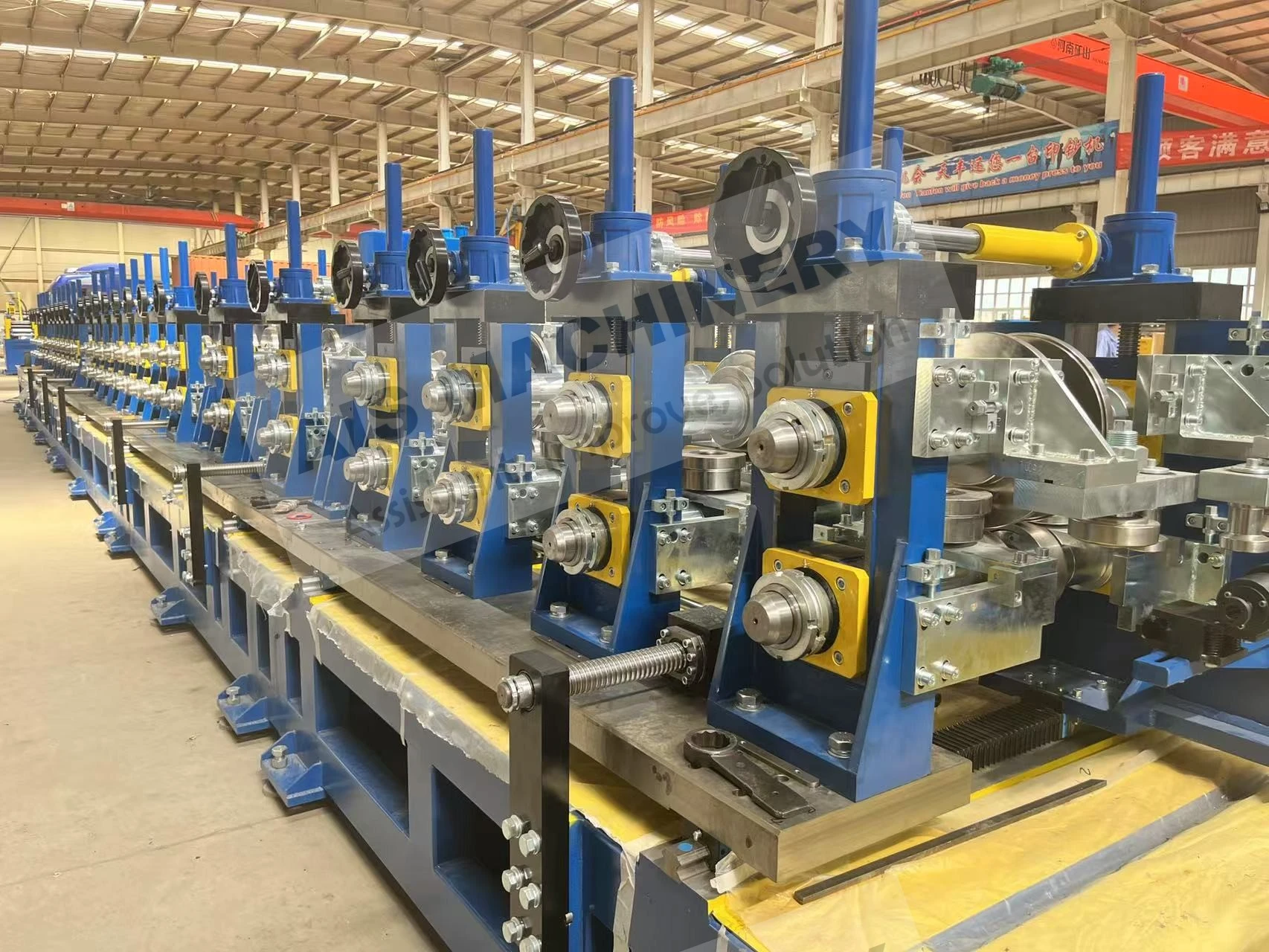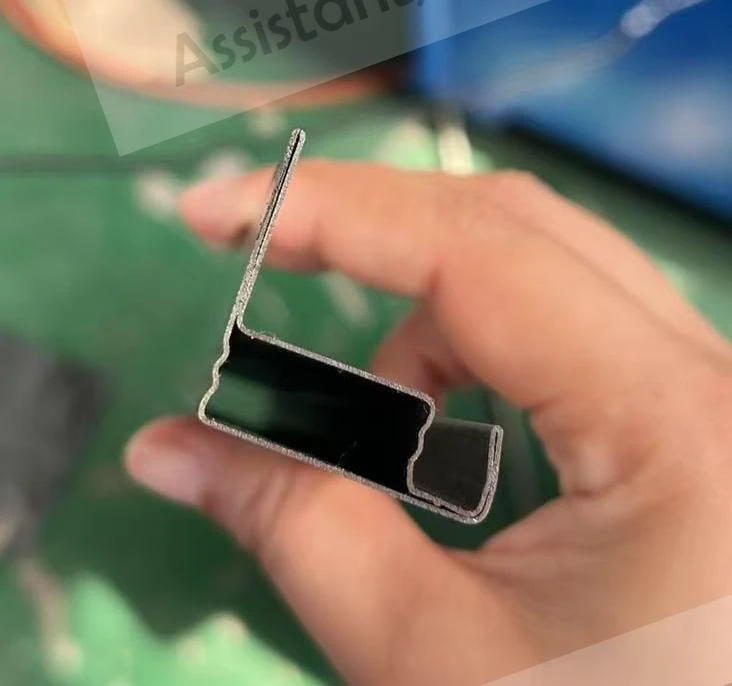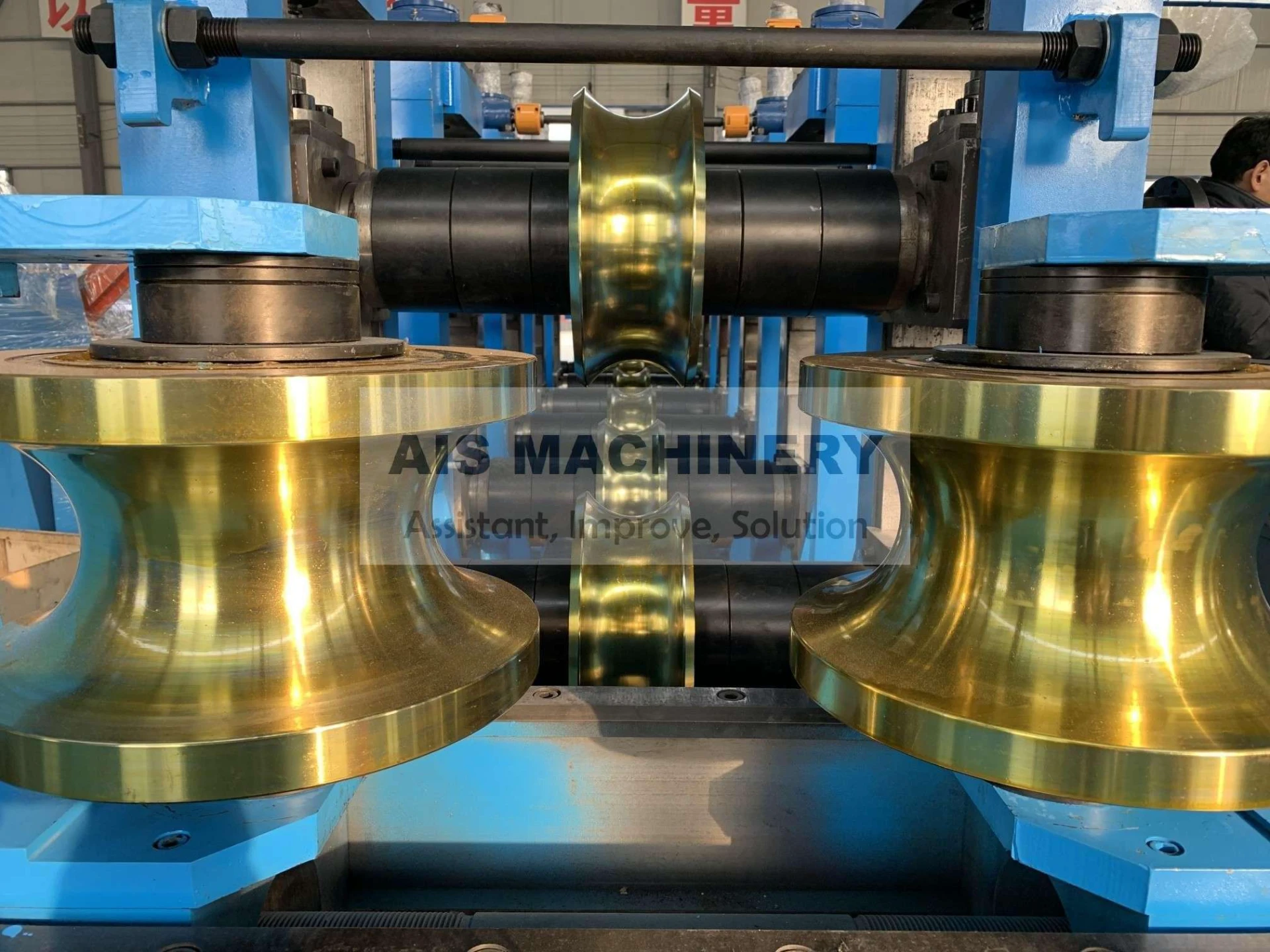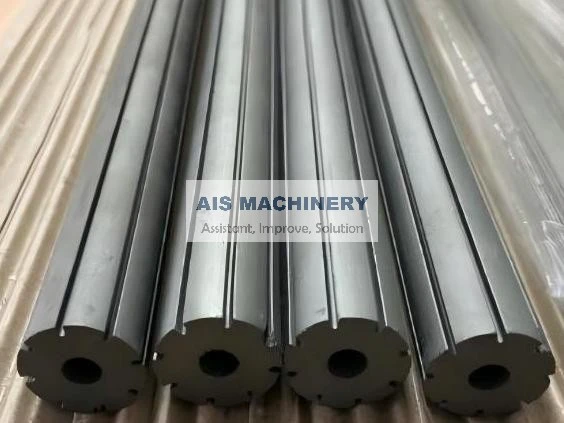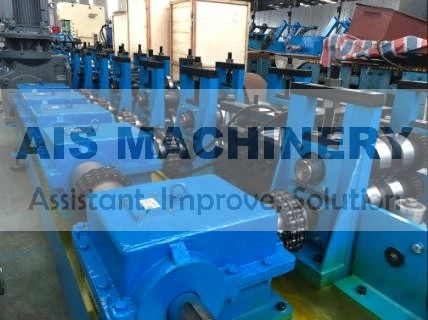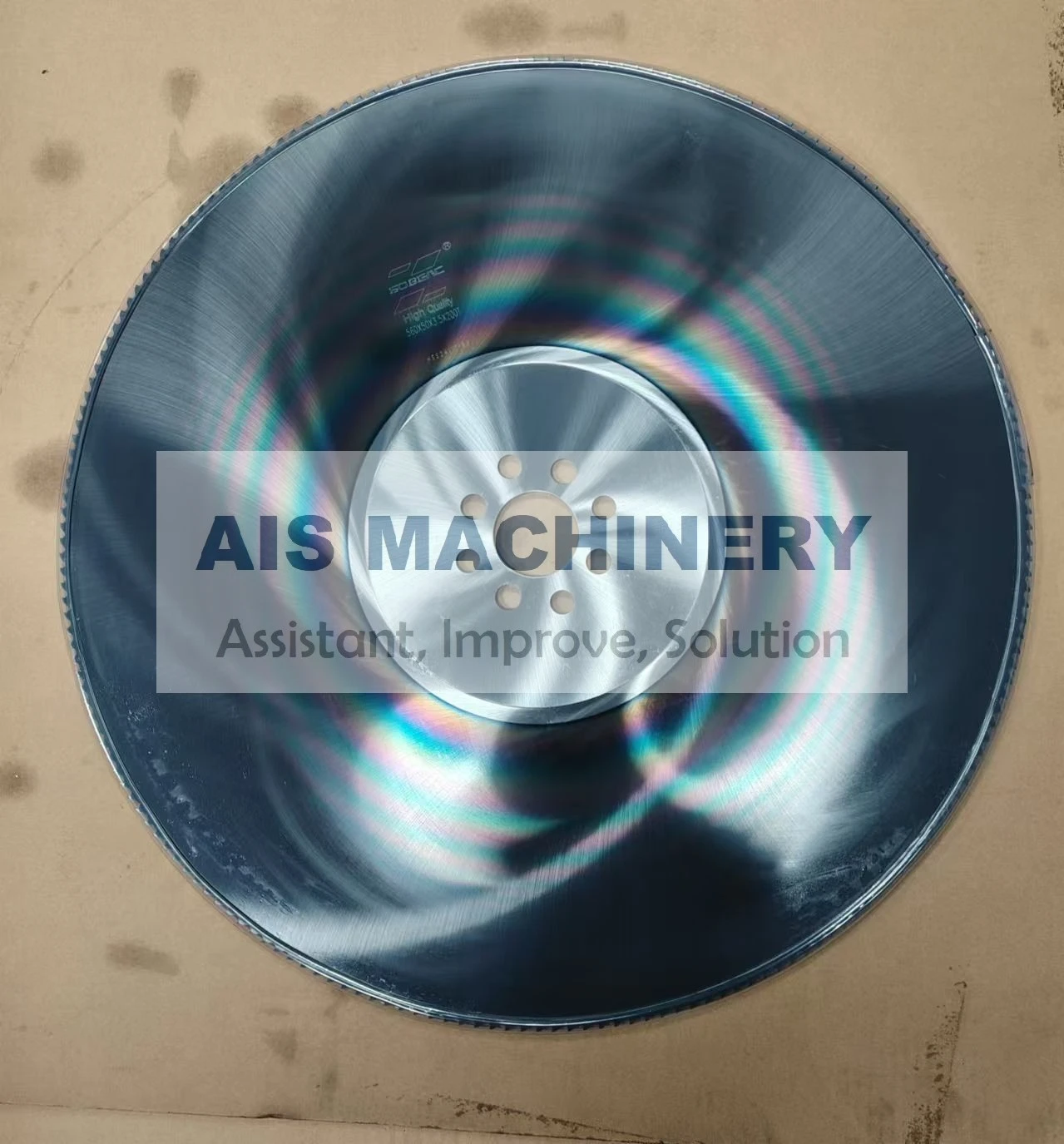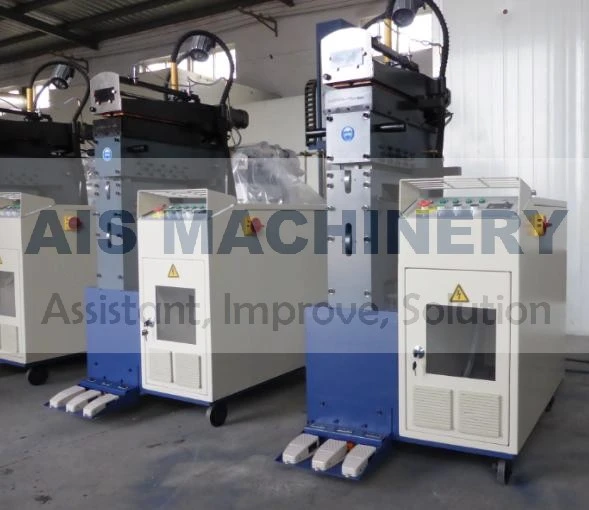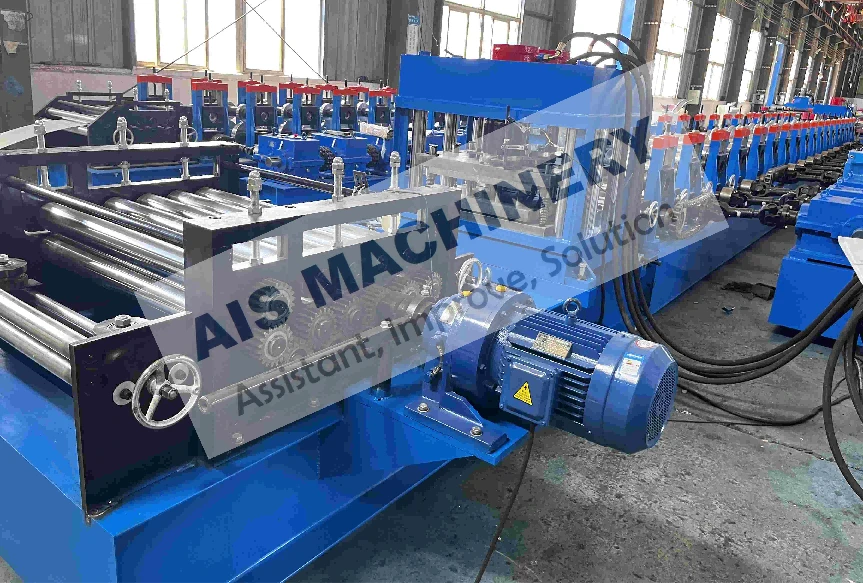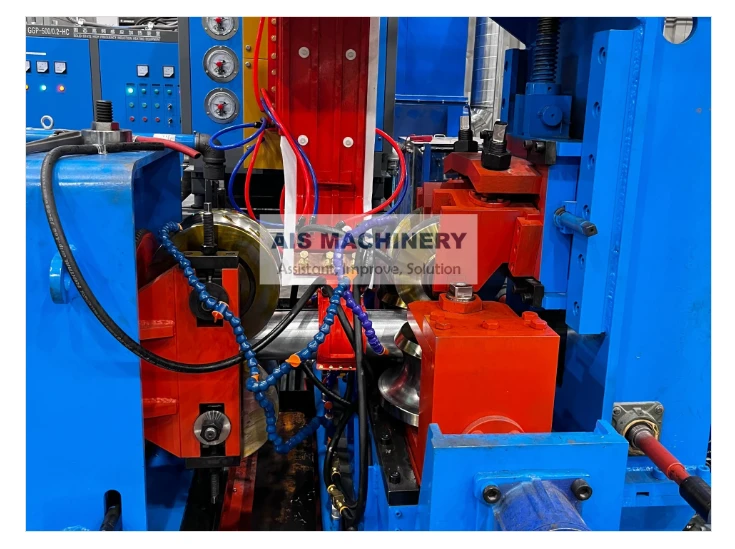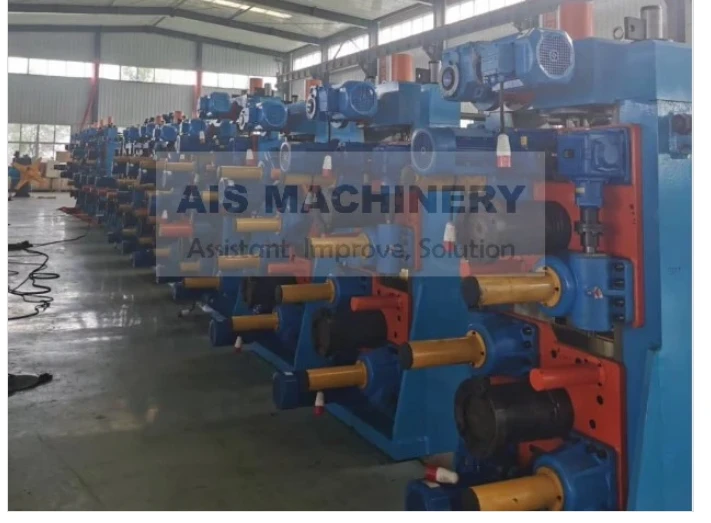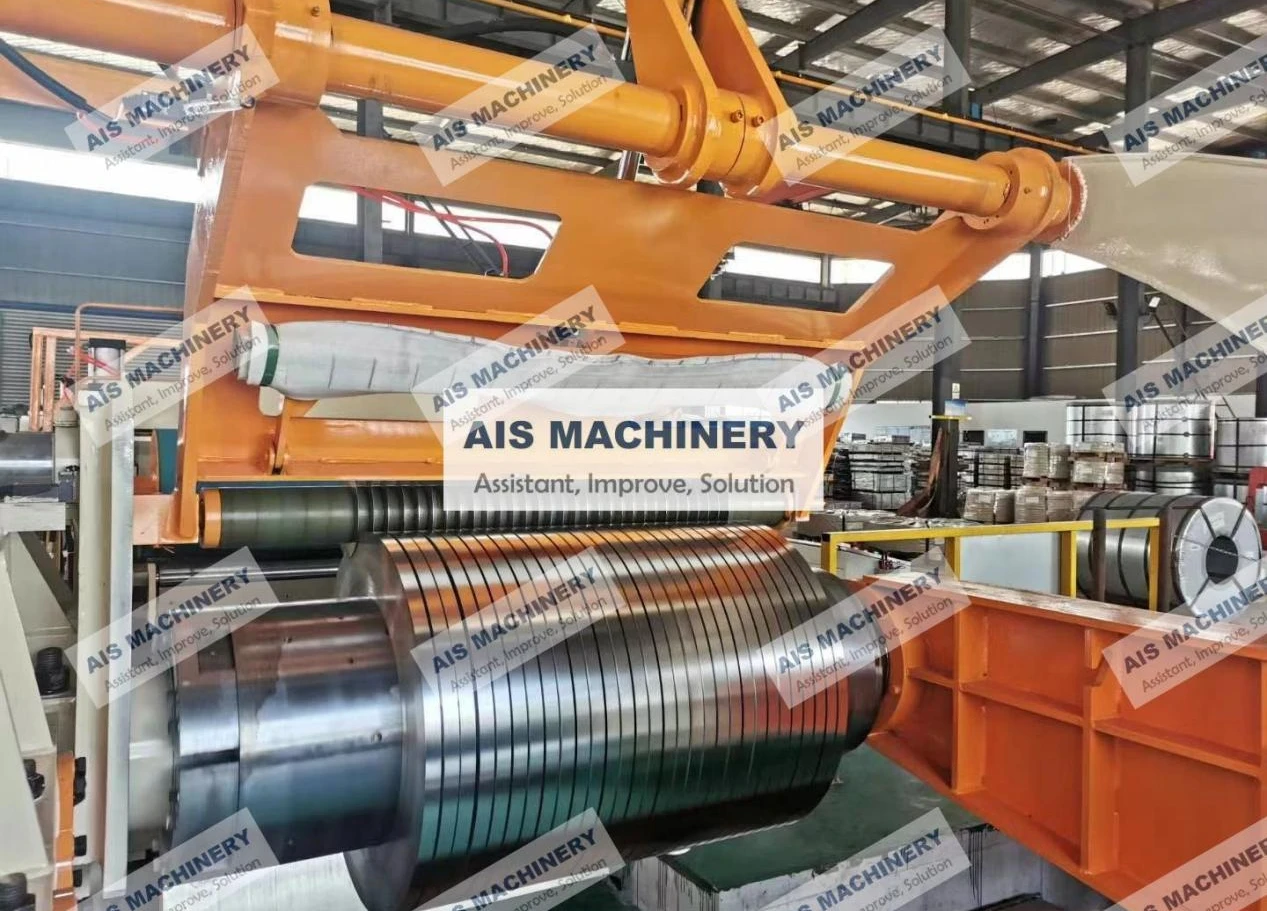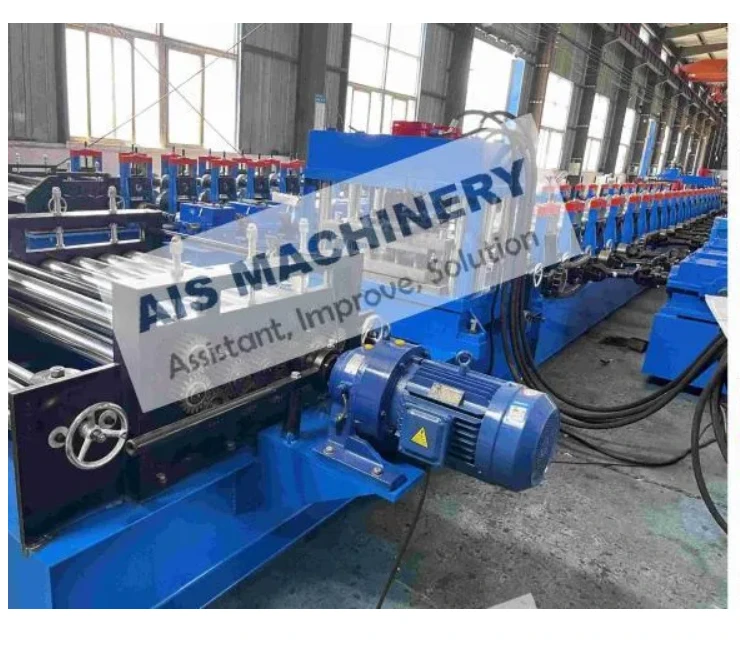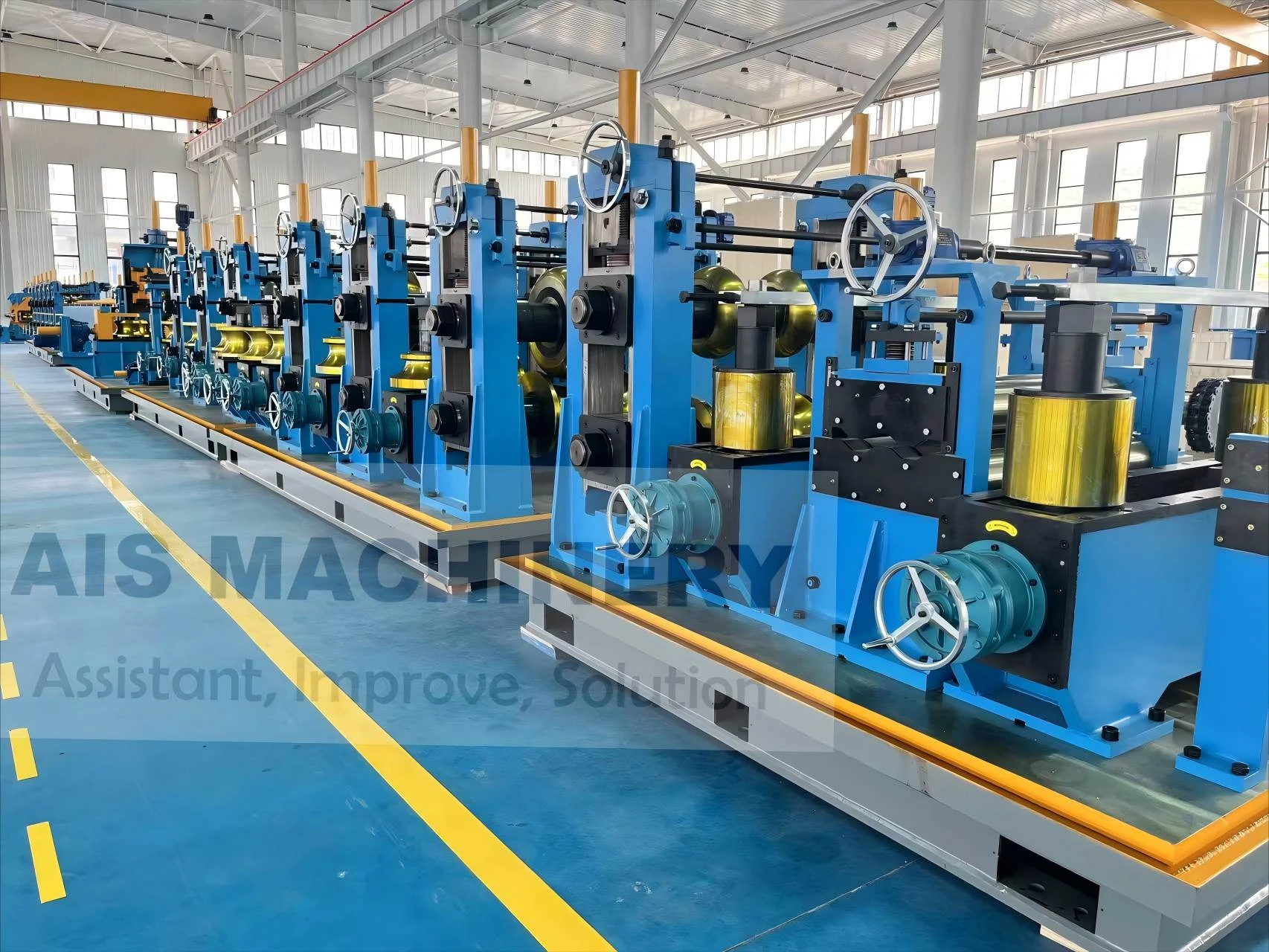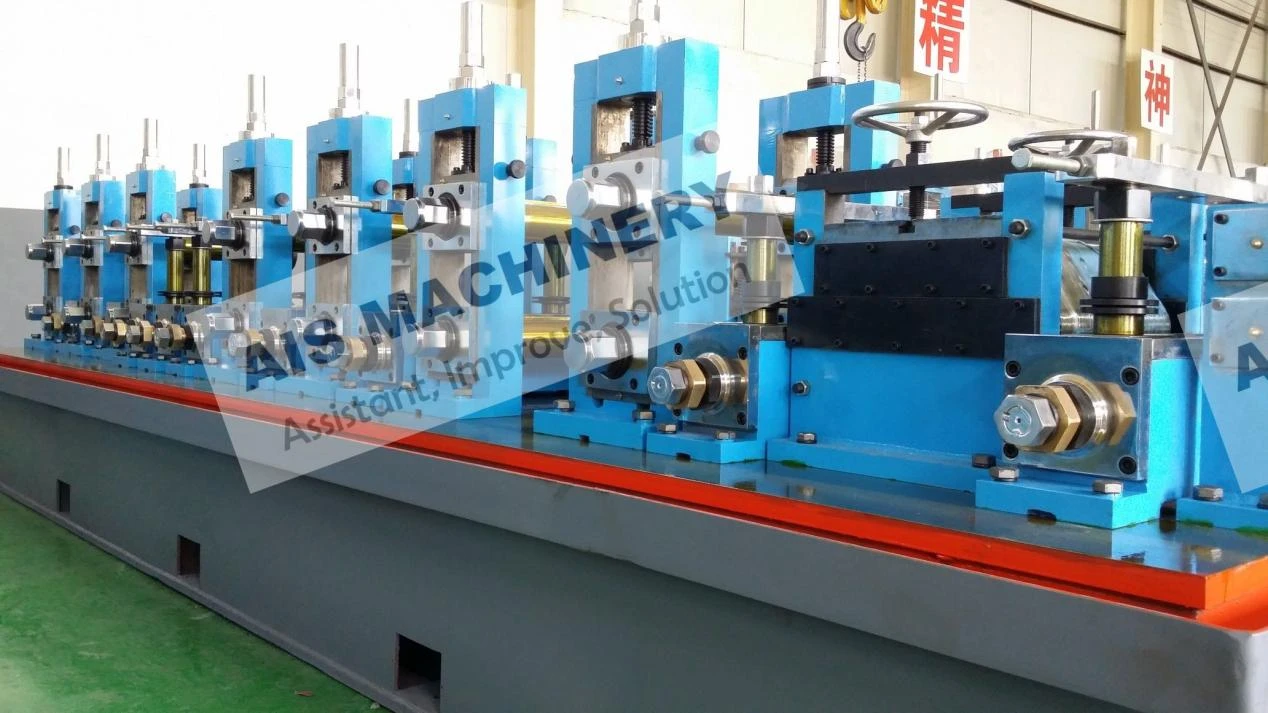-
 Tel:86-15176910262
Tel:86-15176910262
-

Search
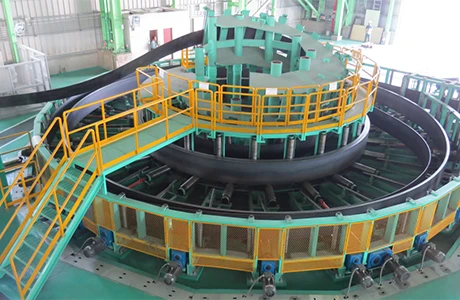
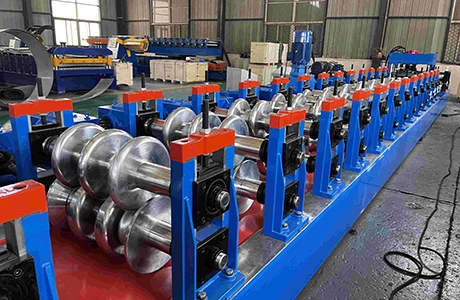
Premium Tube Mill Equipment for Efficient Tube Production
Jun . 06, 2025 22:49
- Industry demand and technology innovations in tube production systems
- Performance analysis with comparative manufacturing metrics
- Cut-to-length technology advancements in precision processing
- Strategic selection of tube mill equipment
manufacturers - Customized engineering solutions for specialized applications
- Integration of auxiliary systems and spare parts optimization
- Implementation case studies across major industries
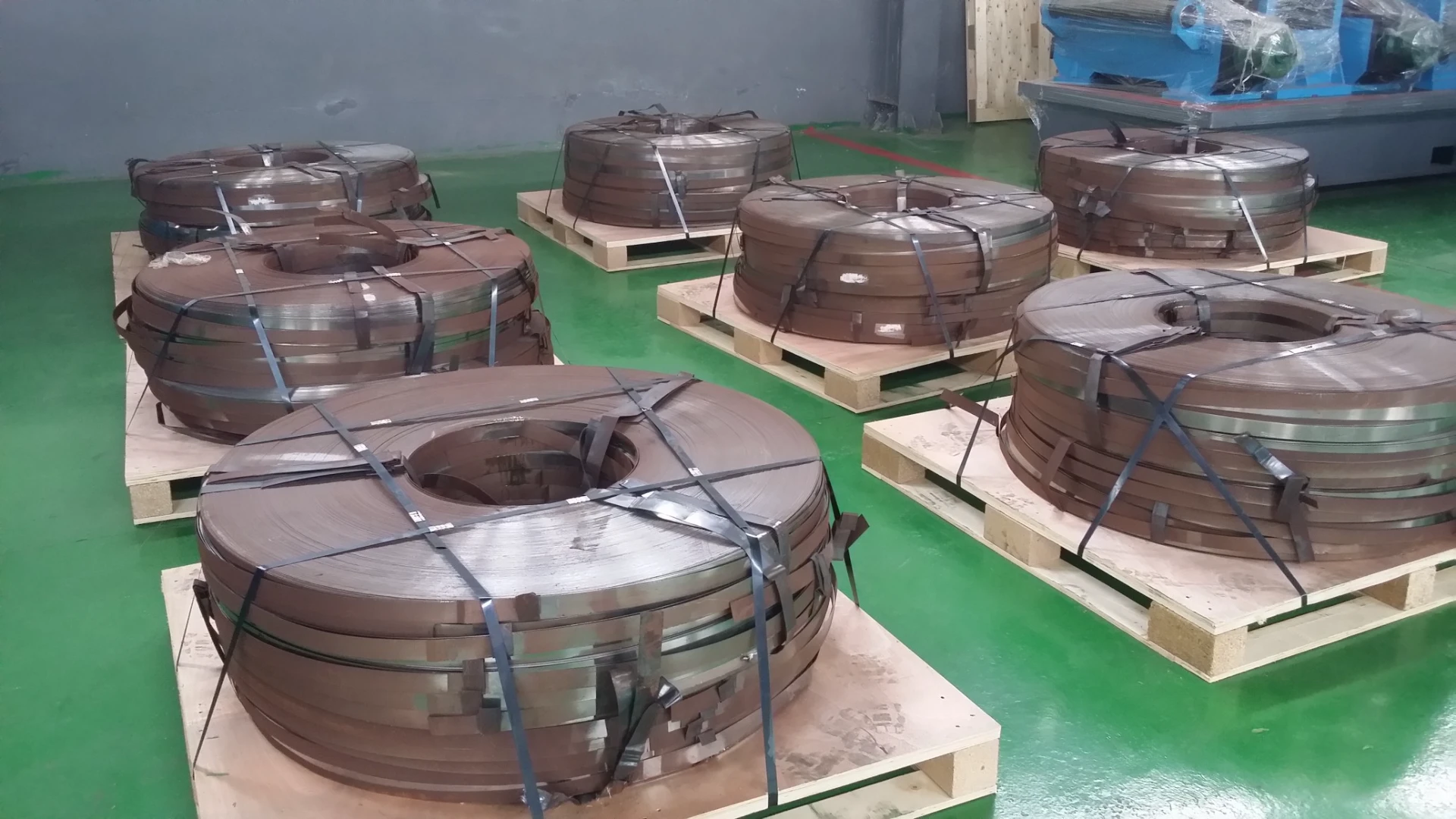
(tube mill equipment)
Evolution of Tube Mill Equipment in Modern Manufacturing
Global demand for tubular products continues growing at 5.2% CAGR, driving unprecedented innovation in tube mill equipment. Contemporary systems integrate IoT sensors collecting 200+ data points during operation for real-time quality control. The latest generation achieves welding speeds exceeding 120m/min while maintaining dimensional tolerances within ±0.1mm. Unlike conventional setups requiring production halts for calibration, modern mills feature self-adjusting mechanisms that dynamically compensate for material inconsistencies. These technological leaps translate to 17-22% reduction in material waste and 30% faster changeover times between production runs, making tube mill equipment the cornerstone of competitive pipe and tube manufacturing.
Technical Superiority of Advanced Tube Production Systems
Precision-engineered tube mill equipment now incorporates several critical innovations: Laser-guided alignment systems maintain ±0.05° angular accuracy throughout forming operations Predictive maintenance modules analyze vibration patterns to anticipate component failures 300-500 operating hours before occurrence Hybrid drive technology reduces energy consumption by 32% while increasing torque consistency Modular tooling designs enable diameter changes in under 45 minutes without complete dismantling Thermal compensation algorithms automatically adjust for metal expansion during continuous operation. These technical enhancements have proven to extend production runs by 60% while reducing scrap rates below 1.8% - surpassing legacy equipment performance benchmarks by every measurable standard.
Cut to Length Equipment: Precision Processing Redefined
Contemporary cut-to-length equipment incorporates vision-guided measurement systems that achieve ±0.15mm cutting precision across all metal gauges. The latest systems perform simultaneous processing operations while maintaining 200m/min feed rates:
| Cutting Method | Tolerance Range | Max Thickness | Speed Capacity | Surface Finish |
|---|---|---|---|---|
| Laser Cutting | ±0.08mm | 25mm | 60m/min | Burr-free |
| Plasma Cutting | ±0.15mm | 40mm | 80m/min | Minimal dross |
| Cold Sawing | ±0.05mm | 12mm | 120m/min | No HAZ |
Manufacturer Comparison and Selection Criteria
Leading manufacturers differentiate through technological specialization and service capabilities. Selecting optimal tube mill equipment requires evaluating: Mechanical precision: European manufacturers average 18% tighter tolerances than standard imports Automation integration: Japanese systems lead in robotics implementation with 92% automated material handling Local support infrastructure: Service response times vary from 4 hours (domestic suppliers) to 72+ hours (overseas) Component standardization: Systems with ISO-certified parts reduce downtime by 35% during repairs Training provisions: Comprehensive operator programs decrease startup period from 120 to 40 operational hours Top-tier manufacturers now provide virtual reality simulators for operator training and AI-driven optimization software that adjusts parameters based on material certification data.
Custom Engineering Solutions for Specialized Applications
Manufacturers develop proprietary solutions addressing unique production challenges:
Harsh environment configurations for oil/gas applications featuring sealed components operating at -50°C to 350°C
Multi-layer tube systems
±0.4mm
32
These documented results demonstrate how strategic integration of optimized tube mill equipment delivers quantifiable operational advantages across diverse manufacturing environments.
Future Horizons for Tube Production Technology
Next-generation tube mill equipment will incorporate machine learning algorithms predicting maintenance needs with 94% accuracy and additive manufacturing capabilities for onsite part reproduction. Energy recovery systems are projected to capture 65% of process heat by 2026. Current R&D focuses on: Closed-loop recycling integration that reprocesses mill scrap directly into feedstock Blockchain-enabled traceability creating immutable quality records per meter produced Self-calibrating tooling maintaining precision through 10,000+ operating hours without manual intervention As metallurgical requirements evolve, adaptable tube mill equipment remains essential for manufacturers needing to pivot between stainless, aluminum, and specialty alloys while maintaining profitability.
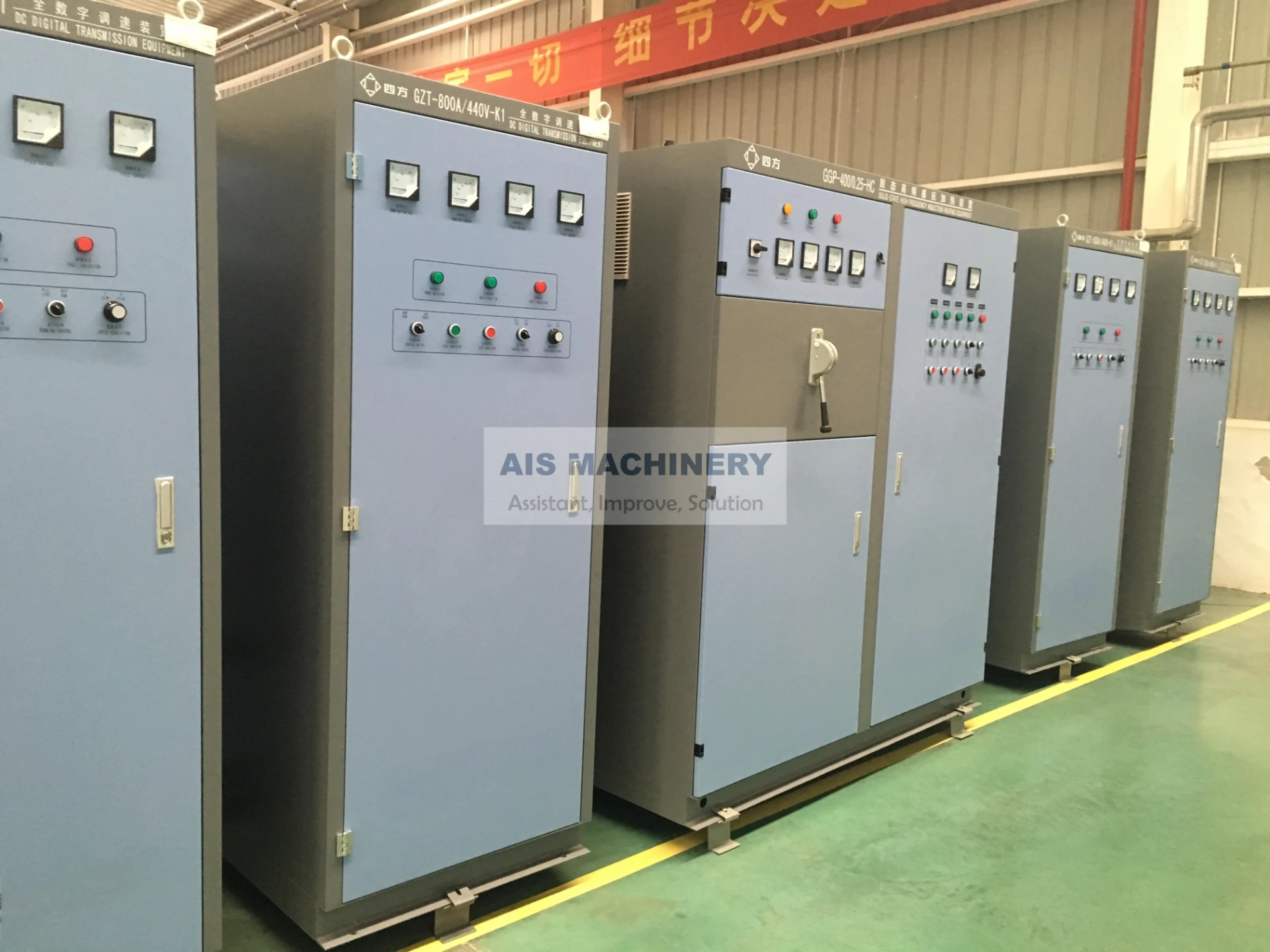
(tube mill equipment)
FAQS on tube mill equipment
Q: What is tube mill equipment used for in manufacturing?
A: Tube mill equipment transforms metal coils into welded tubes through forming, welding, and sizing processes. It's essential for producing pipes and tubing in various industries. This equipment ensures continuous production of consistent, high-quality tubular products.
Q: How does cut to length equipment enhance tube production efficiency?
A: Cut to length equipment precisely sections welded tubes into predetermined sizes after forming. It eliminates manual measuring errors and accelerates output with automated blade systems. This integration optimizes material utilization and reduces waste in the production line.
Q: Why are spare parts critical for tube mill maintenance?
A: Genuine spare parts prevent unexpected downtime by replacing worn components like forming rolls or welding tips. They ensure machinery operates within design specifications for consistent quality. Regular maintenance with OEM parts extends equipment lifespan significantly.
Q: What factors should be considered when selecting tube mill equipment?
A: Key factors include material type (steel, aluminum), required tube dimensions, and production volume targets. Automation levels, integration capabilities with auxiliary systems, and supplier technical support are equally crucial. Energy efficiency and compliance with industry standards should also be evaluated.
Q: How do auxiliary systems improve overall tube mill performance?
A: Auxiliary equipment like straighteners, end-finishers, and packaging systems add value to the core production process. They enhance product quality by improving dimensional accuracy and surface finish. Integrated auxiliary modules reduce handling steps and create comprehensive turnkey solutions.
Related Products
Related News
Send a Message
Dear customer, thank you for your attention! We provide high-quality machinery and equipment and look forward to your orders. Please inform us of your needs and we will respond quickly!

